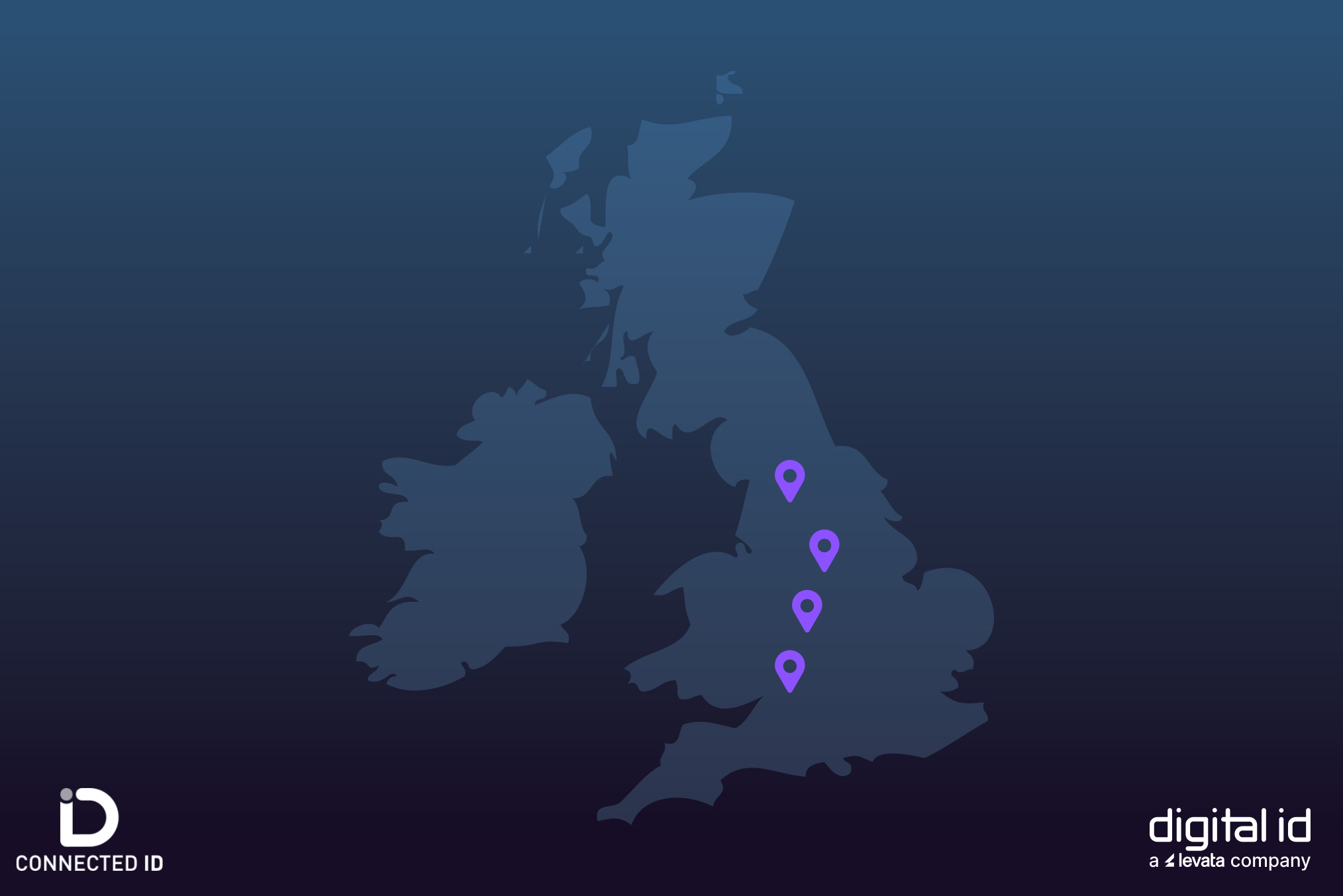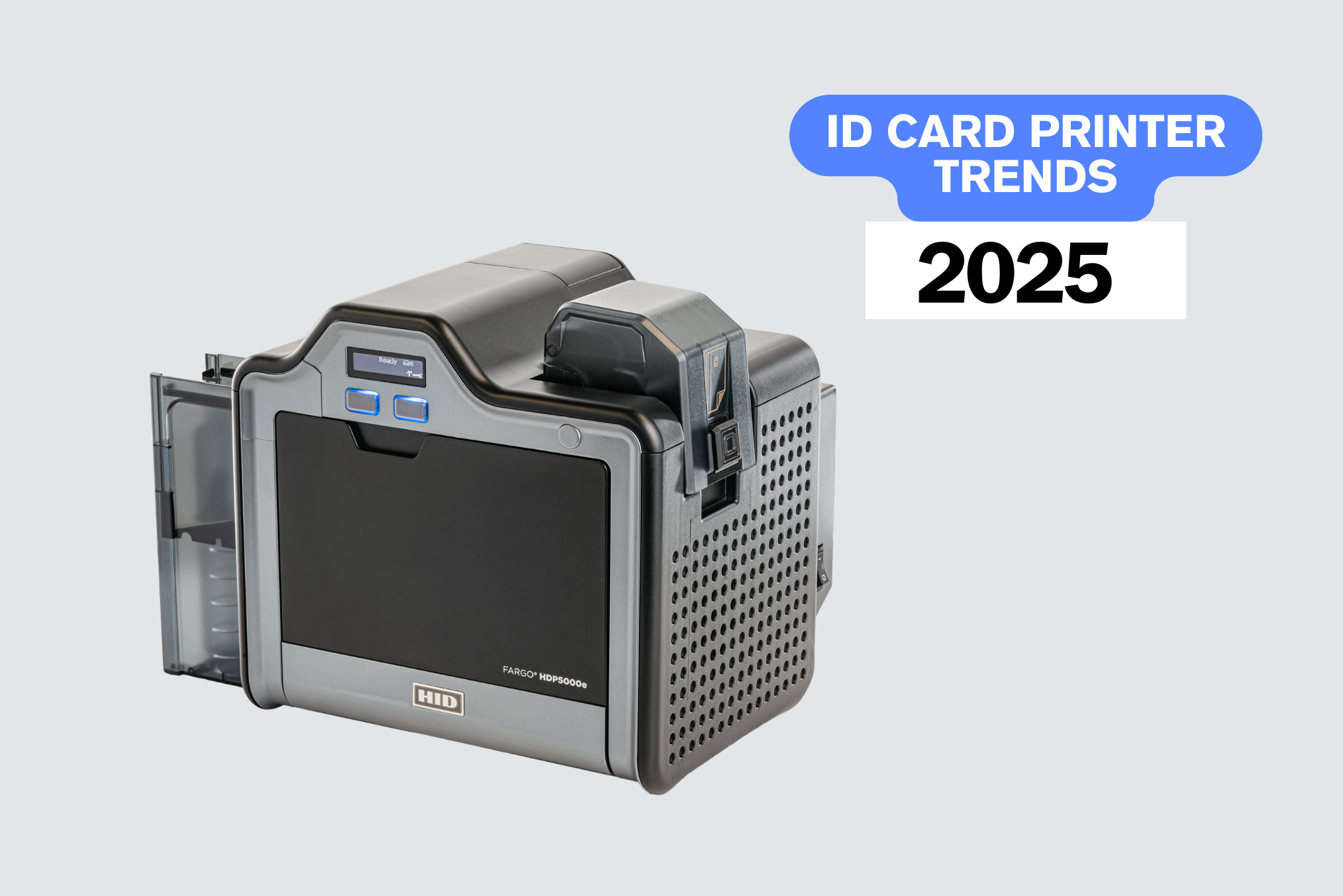If you are contemplating upgrading the security of your business premises, then you may well be considering investing into proximity cards.
If that is the case, then we have compiled a simple guide to help you understand the basics of proximity cards.
What is a Proximity Card?
Proximity cards are made of plastic and are approximately the same size of a standard credit card (CR80).
A proximity card can be embedded with smart technology which, when ‘read’ by a card reader, can permit access to the holder to specific areas of a building or premises.
It is normally classed as a contactless card that does not require the card to be swiped through or touched in order for it to be read.
How do Proximity Cards Work?
In order for this type of security system to be effective, a proximity card requires a proximity card reader. The reader transmits a radio frequency that is emitted on a continuous basis and is picked up by the card when held in front of the reader. The signal is then absorbed by a small coil within the card that provides power to
The reader transmits a radio frequency that is emitted on a continuous basis and is picked up by the card when held in front of the reader.
The signal is then absorbed by a small coil within the card that provides power to the card’s microchip, which contains a unique identification code that has been previously programmed into the card. Once the power is received, the card transmits the code back to the reader and, on verification of the code, access is then permitted.
This whole process might sound complicated and drawn-out but it takes place in a matter of milliseconds.
What is the Main Advantage of a Proximity Card System?
A proximity card system will allow you to tighten the security around your business by controlling the access and exit of personnel on your premises at all time. Only authorised personnel should be in possession of a proximity card, which means that you can have peace of mind in knowing that your premises is secured against unauthorised personnel gaining access to the building or areas of the building that they are not permitted to be in.
Only authorised personnel should be in possession of a proximity card, which means that you can have peace of mind in knowing that your premises are secured against unauthorised personnel gaining access to the building or areas of the building that they are not permitted to be in.
Do Proximity Cards Have Other Uses?
In addition to security enhancement, proximity cards can also be used to monitor and record your employees’ time and attendance.
In this way, they can become both a clock in/out card and an employee identification card.
Proximity cards are also used in some hotels as alternatives to key cards, allowing guests to access their rooms and particular areas of the hotel as they wish.
Now that we have answered the main questions on proximity cards, it’s time that you made that leap and revolutionise the way in which your business operates.
If you need help sourcing proximity cards and a reader then we can help.
Click the link below and speak to a member of our access control team today.



